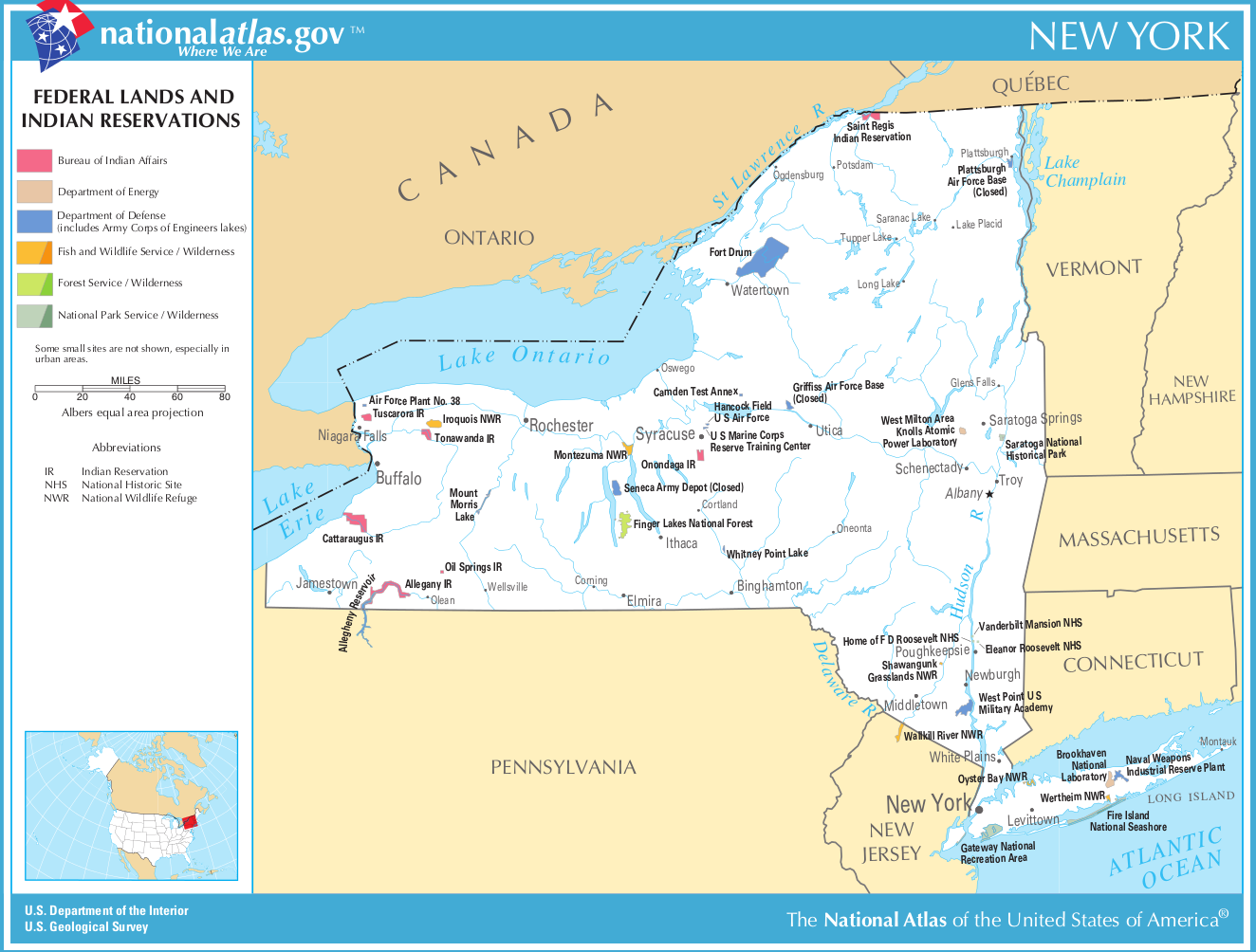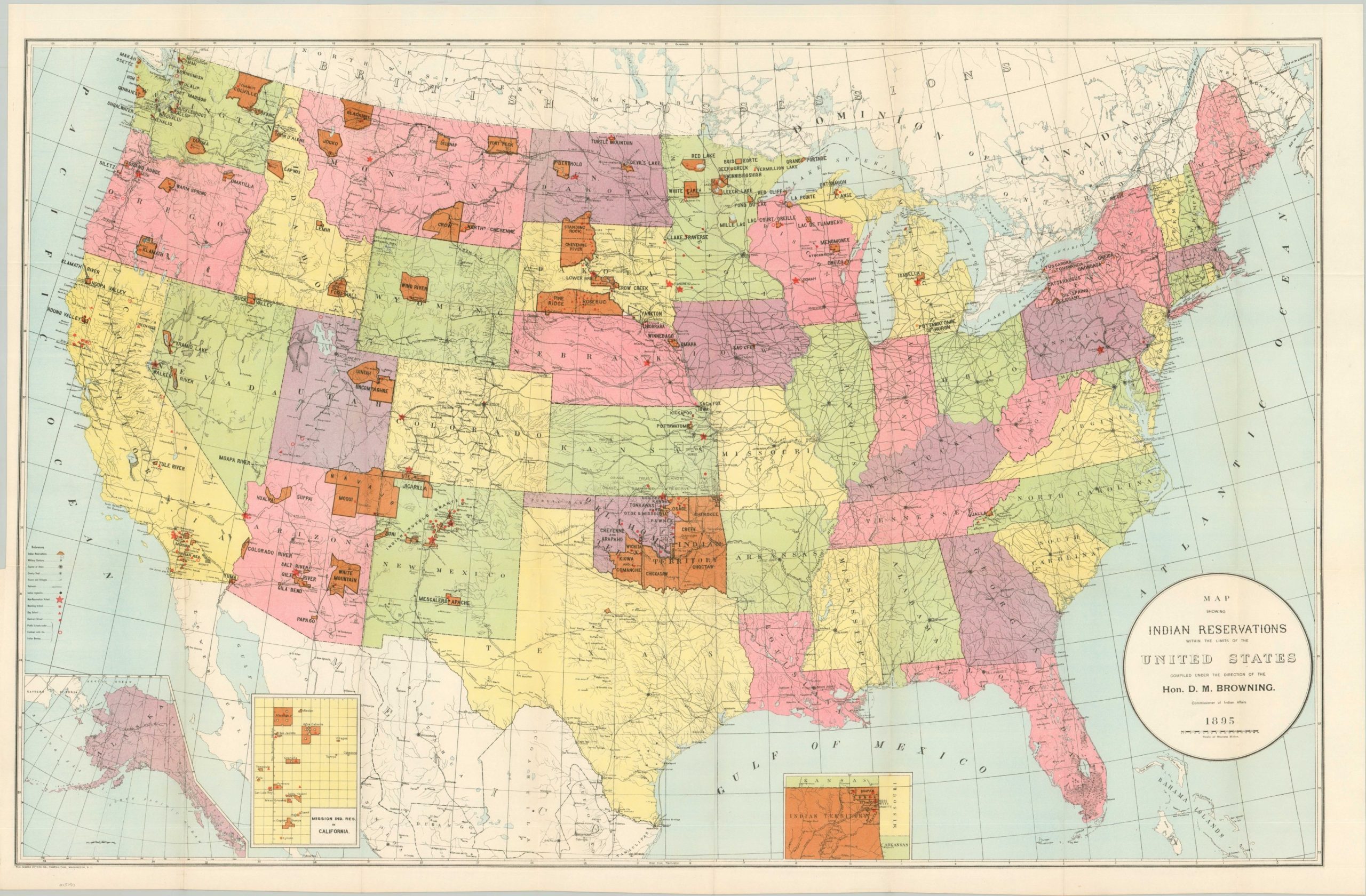Unveiling New York’s Hidden History: A Map of the State’s Indian Reservations
Unveiling New York’s Hidden History: A Map of the State’s Indian Reservations

New York, a state known for its bustling metropolis, towering skyscrapers, and vibrant cultural scene, often overshadows the rich history and vibrant communities that have thrived within its borders for centuries. One such aspect, often overlooked, is the presence of Native American reservations, remnants of a past that continues to shape the present.
This article delves into the fascinating world of New York’s Indian reservations, offering a comprehensive look at their location, history, and the unique cultural tapestry woven within their borders. We’ll explore the map of these reservations, highlighting their diverse landscapes, the distinct traditions that define each community, and the challenges and triumphs they’ve faced over time.
Related Articles: Unveiling New York’s Hidden History: A Map of the State’s Indian Reservations
- Unveiling the Enigmatic World of Indian Reservations in West Virginia
- Unveiling the Treasures of Native American Reservations in Colorado
- Unveiling the Rich Tapestry of American Indian Tribes in Michigan
- Discover the Hidden Gems of Native Reservations in Texas
- Unveiling the Vibrant Tapestry of Native American Tribes in Tulsa, Oklahoma
A Glimpse into the Past:
Before the arrival of European settlers, the land now known as New York was home to a diverse array of Native American nations. From the Iroquois Confederacy, a powerful alliance of six nations, to the Algonquin tribes who inhabited the Hudson Valley, each group had its own distinct language, customs, and way of life.
The arrival of European colonists brought about a dramatic shift in the landscape of Native American life. Forced westward, many tribes were confined to reservations, designated areas set aside for them by the government. These reservations, though intended as a form of protection, often served as a means of control, restricting access to traditional lands and resources.
Mapping the Legacy:
Today, New York State boasts eight federally recognized Indian reservations, each with its own unique story to tell. These reservations, scattered across the state, serve as a testament to the resilience and adaptability of Native American culture.
The St. Regis Mohawk Reservation: Nestled along the border with Canada, the St. Regis Mohawk Reservation is the largest in New York State. Home to the Mohawk Nation, known for their fierce independence and unwavering spirit, this reservation is a vibrant community that blends traditional values with modern life.
The Oneida Indian Nation: Located in central New York, the Oneida Nation has a long and rich history, playing a pivotal role in the American Revolution. Their reservation is a hub of cultural preservation, with a strong emphasis on language revitalization and the promotion of traditional arts and crafts.
The Onondaga Nation: The Onondaga Nation, one of the original members of the Iroquois Confederacy, holds a special place in the history of New York State. Their reservation, located near Syracuse, is home to the Onondaga Council, the governing body of the Confederacy.

The Cayuga Nation: The Cayuga Nation, another member of the Iroquois Confederacy, has a reservation located in the Finger Lakes region of New York. Their community is known for its strong sense of identity and commitment to preserving their cultural heritage.
The Seneca Nation: The Seneca Nation, the largest of the Iroquois Confederacy nations, has two reservations in New York State: the Allegany Reservation and the Cattaraugus Reservation. These reservations are home to a diverse community of Seneca people who have adapted to modern life while maintaining their traditional values.
The Tuscarora Nation: The Tuscarora Nation, who joined the Iroquois Confederacy in the 18th century, have a reservation located in Niagara County, New York. Their community is known for its strong sense of community and its commitment to preserving its cultural heritage.
The Shinnecock Indian Nation: The Shinnecock Indian Nation, a member of the Algonquin family, has a reservation located on Long Island, New York. Their community is known for its rich history and its commitment to preserving its cultural heritage.
The Poospatuck Indian Nation: The Poospatuck Indian Nation, also a member of the Algonquin family, has a reservation located on Long Island, New York. Their community is known for its close-knit ties and its commitment to preserving its cultural heritage.

Beyond the Map:
While the map of New York’s Indian reservations provides a visual representation of their locations, it’s crucial to understand that these reservations are more than just geographical points. They represent vibrant communities with a rich cultural heritage, traditions, and stories that have been passed down through generations.
A tapestry of Traditions:
Each reservation boasts a unique cultural tapestry, shaped by generations of traditions, customs, and beliefs. From the intricate beadwork and quillwork of the Mohawk Nation to the powerful storytelling of the Onondaga Nation, each community expresses its cultural identity in its own distinct way.
The Challenges and Triumphs:

Throughout history, Native American communities have faced numerous challenges, from displacement and assimilation to economic hardship and discrimination. However, they have also demonstrated incredible resilience, adapting to changing circumstances while preserving their cultural heritage.
The Future of New York’s Indian Reservations:
Today, New York’s Indian reservations are facing new challenges and opportunities. They are working to address issues such as economic development, education, and healthcare while striving to preserve their cultural traditions and maintain their sovereignty.
The Importance of Understanding:
Understanding the history, culture, and present-day realities of New York’s Indian reservations is crucial for fostering a more inclusive and equitable society. By learning about their stories and celebrating their contributions, we can create a future where all communities are valued and respected.
FAQ:
What are Indian reservations?
Indian reservations are designated areas of land set aside for Native American tribes by the federal government. They are governed by tribal governments and have a degree of self-governance.
How many Indian reservations are there in New York State?
There are eight federally recognized Indian reservations in New York State.
What are the names of the Indian reservations in New York State?
The eight federally recognized Indian reservations in New York State are:
- St. Regis Mohawk Reservation
- Oneida Indian Nation
- Onondaga Nation
- Cayuga Nation
- Seneca Nation (Allegany and Cattaraugus Reservations)
- Tuscarora Nation
- Shinnecock Indian Nation
- Poospatuck Indian Nation
What is the history of Indian reservations in New York State?
The history of Indian reservations in New York State is closely tied to the history of colonization and the forced displacement of Native American tribes. After the arrival of European settlers, many tribes were forced westward and confined to reservations.
What are the challenges facing Indian reservations in New York State?
Indian reservations in New York State face a variety of challenges, including economic development, education, healthcare, and environmental protection.
What is the role of the federal government in Indian reservations?
The federal government has a trust responsibility to Native American tribes, including the responsibility to protect their rights and interests. This responsibility includes providing funding for various programs and services on reservations.
How can I learn more about Indian reservations in New York State?
You can learn more about Indian reservations in New York State by visiting the websites of the individual tribes, attending cultural events, and reading books and articles about Native American history and culture.
Conclusion:
The map of New York’s Indian reservations is more than just a geographical representation. It’s a window into the rich history, vibrant culture, and enduring resilience of Native American communities. By understanding their stories, we can foster a more inclusive and equitable society that values and respects the contributions of all.

Closure
Thus, we hope this article has provided valuable insights into Unveiling New York’s Hidden History: A Map of the State’s Indian Reservations. We thank you for taking the time to read this article. See you in our next article!